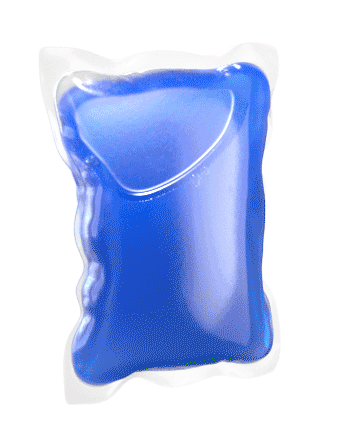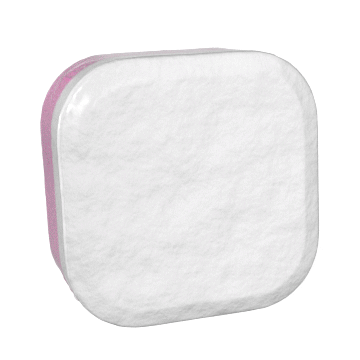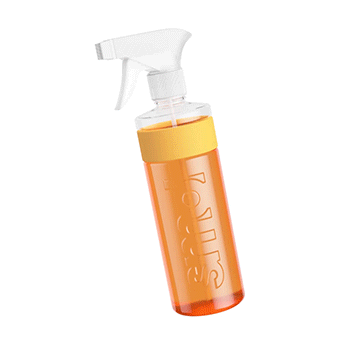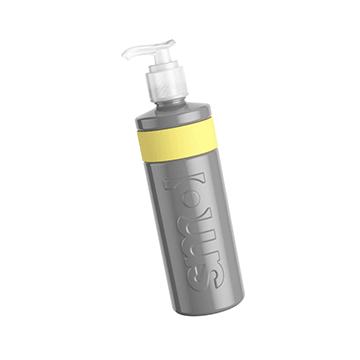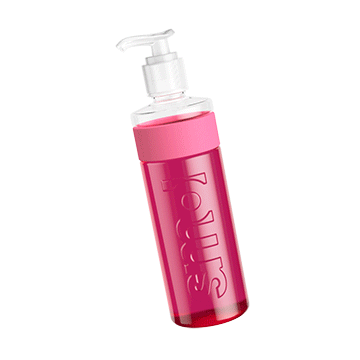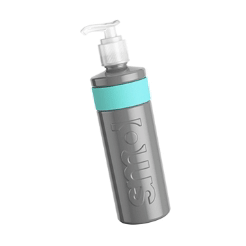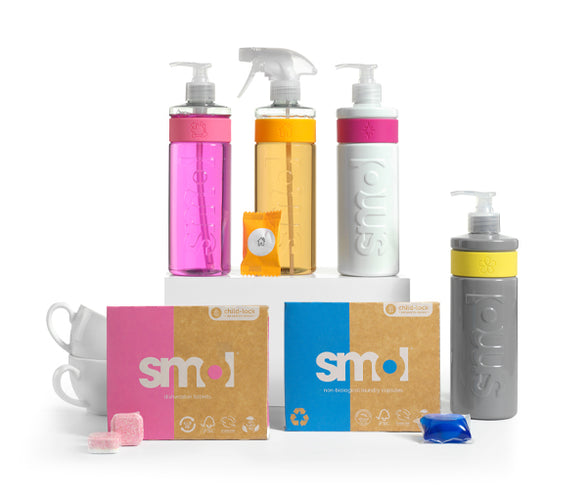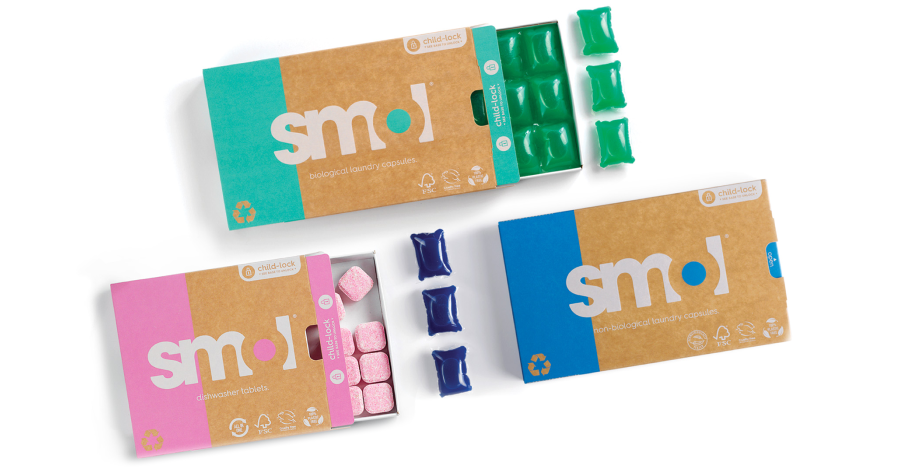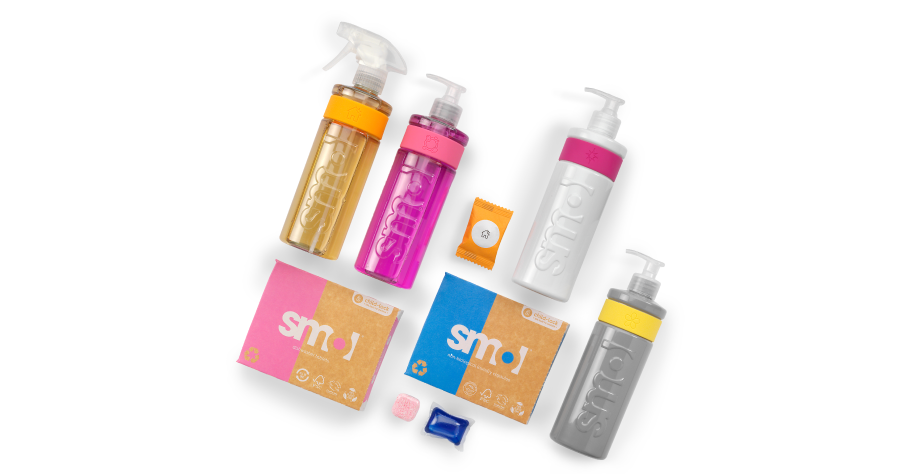
“Count your footprints; carbon ones.”
CA Vikram Verma
Global warming, climate change, a global climate crisis… they all mean the same thing - the fact that the Earth’s atmosphere is heating up. And as it gets hotter, various effects are changing our average climates; hotter summers, rising sea temperatures, melting ice caps, increased storm activity.
But the changes don’t just mean we suffer with different weather than we are used to…
As the impacts worsen, they create crises for people and nature. If unchecked, these impacts gather more momentum, bringing animal extinction, biodiversity loss, water shortages and displaced populations.
The amount of carbon we continue to release into the atmosphere has a direct impact on the rate of these changes. So the important thing is that we all act to CUT our carbon output.
But if we don’t know the footprint of our daily actions, or the different products we buy, how can we discover where to make cuts so we can start to make a difference?
enter the Life Cycle Analysis, LCA.
A Life Cycle Analysis, or Life Cycle Assessment (LCA) is a study on the environmental impact of any product throughout its whole life cycle. From start to finish. Everything.
It’s not an easy study to do and it’s costly because an LCA measures the entire impact of:
- The extraction and processing of all raw materials/ingredients in a product
- A product’s complete manufacturing process
- All of its distribution, from suppliers through to final customer
- The actual use of the product
- Any recycling treatment of the product
- The product’s final disposal
It’s what’s known as a cradle to grave study and in the case of a smol surface spray tablet there are a total of 11 stages to its life cycle. *
- Sourcing and making the ingredients.
- Sourcing and making the packaging (including the bottle).
- Transporting the ingredients to the manufacturing plant.
- Transporting initial packaging to the manufacturing plant.
- Making the refill tablets.
- Transporting the tablets to the smol factory.
- Transporting the smol cardboard packaging to the smol factory.
- Transporting the smol boxes to the Royal Mail hub.
- Distributing the smol boxes to customer homes.
- Using the tablets in the refillable smol bottle for life.
- Disposal of the cardboard packaging.
Each one must be assessed and given a carbon output figure. Once these 11 figures are combined, we have the total carbon footprint of the smol surface spray.
which stage creates the most carbon?
Almost 44% of the spray system’s carbon footprint comes into play at stage 2 in the manufacturing of packaging - and that includes the bottle. It just goes to show the importance of reusing those bottles… that’s where so much of the resources go in creating a surface spray - so once the bottles are made they should be kept in use!
Manufacturing the ingredients that go into the refill tablet is the second biggest contributor to a tablet’s carbon footprint but it only accounts for 24% of the total because so much of the surface spray’s footprint comes from the manufacturing of its bottle.

a quick cut.
Because nearly half of the surface spray’s footprint comes from the initial stages of producing the bottle that will hold the spray - the fact that our refill system allows you to keep hold of that same bottle ongoing means your carbon footprint is going to fall dramatically as soon as you create that first refill!
We consider it a priority to inform customers how they can stop the foolish transport of heavy bottles of (mostly water) cleaning liquid which further adds to a carbon footprint. Simply keeping and reusing their bottles means no more resources needed for further bottles!
smol saves carbon compared to other surface spray brands.
Looking across all 11 stages of our tablet’s life, smol can save you over 90% in its carbon output compared to competitor surface sprays.
Each time a plastic bottle is manufactured, carbon is created. When that plastic bottle is filled with heavy liquid and shipped about the place, that’s also creating another load of carbon. When you realise the average home is using around 25 of these plastic bottles each year, that’s a lot of unnecessary carbon. Much better to just keep the one bottle and just ship tiny lightweight tablets that can be dissolved in water once they’ve arrived in your home.

future cuts.
Finding ways to cut our surface spray carbon is an ongoing project. Educating our customers on the importance of refill systems is just part of that.
We continue to assess ways in which our packaging, ingredients, manufacturing and transportation can improve with the aim that our products have the best and lowest carbon footprints possible in the ongoing fight against the carbs!
*eLoop sustainability experts to carry out a full lifecycle analysis - in accordance with ISO14067
